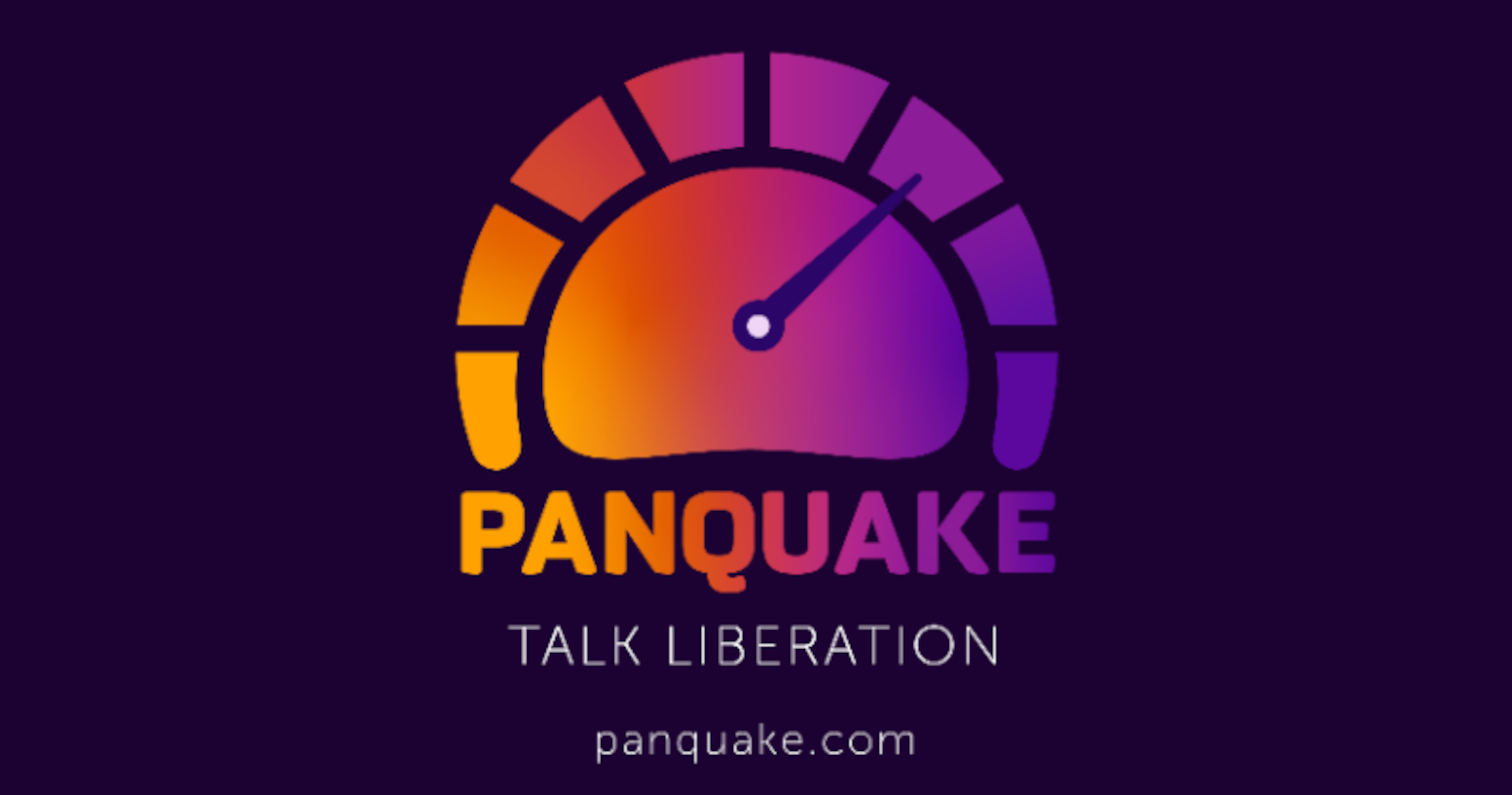- 4 Posts
- 9 Comments

 1·9 months ago
1·9 months agoReally interesting proposal! To a degree the structure of Lemmy/Mbin/etc may be quite close to the categorising and moderating aspect, and might be a good place to start collecting URLs to crawl.
Each community could be considered analogous to a (rather chaotic) webring. When an instance doesn’t meet your moderation expectation, defederate; if a MengZi user wants to see search results from different defederated segments, use a MengZi instance that federates with both, or just have both plugged into a searx instance.
The categorising side of MengZi could be (from an activitypub perspective) like a very cut down version of lemmy –each webring/category being a community, each website being a post, comments disabled or limited/filtered to hashtags.
A webring could be a specific sort of category/community, where a submitted website’s url’s page must contain specific metadata definining its membership in that ring or it is automoderated and removed. Such a category could automoderate the url and title to be the default page defined by its membership metadata. Existing webring html element standards could suffice.
A website could be crossposted to other categories, including to other instances, even to/from lemmy or other compatible activitypub sites. If a (cross)posted post is not a url returning the correct mime type for a category then it can be automoderated and deleted; same for other arbitrary criteria a category could define.
A website/post on MengZi could be accompanied by relevant crawling metadata, even full search database data available via the api for sharing to other MengZi instances to save duplication of crawling effort while distributing the database.
You don’t build a conclusion for a technology based on sweeping aside risks of your favoured solution while emphasising the risks of your favoured solution, which is what you did with your “There are zero catastrophes with[…]” comment.
You lay it all out and compare the whole model.
I think laying it all out for wind, solar, hydro, and nuclear, will raise a whole lot of issues with all the technologies. Some specific models of tech will have unresolvable issues (e.g, megadams, dense solar-farms on arable land, any nuclear tech which can feed proliferation).
I suspect the whole supply/waste-chain for nuclear will have unresolvable issues, and very few of the hydro/solar will have unresolvable issues.
Trouble is getting people to agree on how to compare the risk of a well-engineered dam failing and the risk of your nuclear waste storage leaking into the water table, or a contaminated coolant pipe spraying vapour into the prevailing wind, or radioactive contaminated scrap metal making its way into the commercial steel market, or…
Anyone suggesting the thorium-pebble-bed or similar “holy-grail” 100% safe theoretical tech seems to be living between fantasy and pipe-dream.
I only mean it’s a false claim to imply that wind/water/solar energy are inherently zero catastrophe risk.
That said, I think coming close to fully understanding and assessing (and mitigating) the risk of wind/water/solar power projects/economies is far more achievable than for nuclear energy projects/economies.
Especially so when considering the unavoidable context of the (un)predictability of both humans and environment over the next 10,000 - 100,000 years.
There are zero catastrophes with wind, water or earth energy because when you shut it down, it is off and possess no further potential to harm people.
Turn the hyperbole down a little:

 3·4 years ago
3·4 years ago[]Currently 3 upvotes, 13 downvotes. Interesting.What do up/down votes mean? On a post, I always figured an upvote to mean “This is relevant to the community and should be posted here.”, and a downvote to mean “This is irrelevant to the community or should not have be posted here.”.
[/Meta]I’m not really sure what to make of the linked blog post – I think x-compasses are an oversimplification, that the fediverse has moved and diversified since the post was written, and now lemmy instances are quite a prominent mode of engagement in the fediverse; but some of the problems and stereotypes they painted in the post are still recognisable today, however inaccurate the depiction may be.

 31·4 years ago
31·4 years agoI think Assange is a legendary journalist who (to put it mildly) is bearing the brunt of a fucked up assault on the free press by CIA/etc.

 0·4 years ago
0·4 years agoNothing at all! If anything I mentioned it as a point of approval from me, and stating them to clearly not be in the same camp as the banned-from-twitter-because-right-wing-extremists.

 1·4 years ago
1·4 years agoI’m not sure it’s that kind of banned from twitter. The figures behind it seem to associate themselves with Wikileaks and/or Julian Assange. Suzie Dawson, for example, is hosting the video presentations about the plaform.
To be clear I don’t mean to shit on the platform, I’m just approaching it with a lot of cynicism. I want to understand what it is and its problems and merits.



It’s not a headline; I’m posing the question, written in this post title. (Perhaps I should have included the video link in the body rather than url field.)